
Hannu Lintu’s thoughts about Cavalleria rusticana and Pagliacci
Hannu Lintu takes on the role of the Principal Conductor of the Finnish National Opera and Ballet in August 2021. Cavalleria rusticana & Pagliacci provides an aptly amazing start to his first season at the Opera House. Read Hannu’s thoughts about the operas below.
Cavalleria rusticana and Pagliacci both had their world premieres at the start of the 1890s. How are these two works positioned in the history of opera music?
At the time there was a reaction against music theatre based on mythologies and epoch dramas, favoured by the likes of Richard Wagner and Giuseppe Verdi, which was seen as dated. Young Italian composers lost interest in deities, royals and high class courtesans. This gave rise to verismo, which focused on ordinary people and the dramatic events powered by their emotions. The music aimed to match these emotions seamlessly and instantaneously. I see Cavalleria rusticana and Pagliacci as transitional works in the history of music. Though they built upon what opera had represented to date, their subject matter and realistic music paved the way for the great transformation of the genre around the turn of the 20th century. They even played a role in shaping the later works of Verdi himself.
Leoncavallo composed Pagliacci after being inspired by Mascagni’s Cavalleria rusticana. The two are possibly the most famous double bill in the history of opera, and it’s often commented how they complement each other stylistically. What kind of connections are evident in these works?
Cavalleria rusticana and Pagliacci are two independent works, of course, and their composers would never have imagined them to be performed on the same evening. They do, however, have a wealth of melodic and rhythmic elements in common, so a successful production may end up sounding like a single opera. Today, such similarities would result in plagiarism charges.
Above all, they share the same format. Both begin with an orchestral prologue, which also features singing. This was a unique idea from Mascagni, expanded further by Leoncavallo. The prologue is followed by a choral scene, presenting the geographical and sociological setting of the opera: we’re watching the personal lives of ordinary country people unfold in a small Italian village. The central concept is soon introduced, as we find out about the love triangle involving the main characters. Next, the orchestra’s Intermezzo leads us towards the dramatic climax of the opera: a crowd scene after which jealousy culminates in tragic events.
The key differences between the two works are Cavalleria’s ingenious mass scene and Pagliacci’s commedia dell’arte scene, a play within a play. These suffice to make each opera unique. I have seen performances of the double bill in which the similarities have been draining, but Michieletto’s version manages to turn them into an asset.
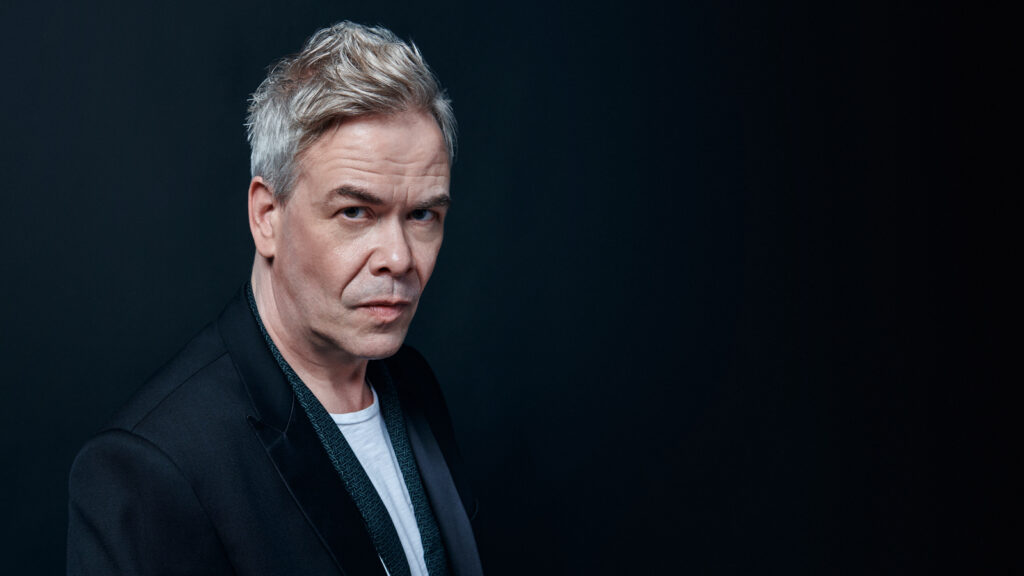
One of the typical features of the verismo style is passion that leads to a violent death, a central element in both Cavalleria rusticana and Pagliacci. How is that reflected in the music?
The works echo the theme of inescapable destiny, present in different variations throughout the music. The musical devices also include other motifs, such as dedicated themes for jealousy and love. These could easily be listed in a catalogue, such as those routinely created to introduce the musical leitmotifs of Wagner’s operas. Doing so would reveal the extent of Cavalleria rusticana and Pagliacci’s debt to the German maestro, despite them being a reaction against him.
The music creates a bridge between the tragic events and the emotions. Violence and passion up the intensity. That brings us to the very core of verismo. Its radical themes combined with emotional music touched audiences in novel ways, highlighting how tragedy could befall anyone. This legacy of verismo continued well into the 20th century.
In fact, the legacy still exists. Leafing through the yellow press today, we find murders fuelled by jealousy. Rather than merely a tragic feature of a small village in 19th century Italy, the thematic is universal and timeless. We can easily relate to the main character of the opera, his suffering and the simple feelings that drive him.
Leoncavallo and Mascagni were both one hit wonders. They composed nearly as many operas as Puccini, their contemporary. Yet these are their only two widely known operas, while the majority of Puccini’s work is part of opera companies’ canonic repertoire. How would you explain that?
Cavalleria and Pagliacci are certainly landmark works in operatic literature. But if you want to be a hit composer, you can’t just rely on a single hit. Puccini had a good sense of what the world wanted to hear. His subject matter touched international audiences and his operas found immediate popularity across all cultural regions.
In terms of music, the works of these three composers have many similarities. There are climactic moments resembling arias, but the music continues without recitatives and the narrative flows. This, too, is a Wagneresque idea, though it could also be a matter of more general evolution in music art in the late 19th century, not just a change in opera. Continuity was replacing emphasis on detail.
Many of Puccini’s most popular works exude musical strength, while masterfully leveraging the singers’ vocal capabilities. This is what puts Puccini in a league of his own. Another key aspect of his composition skill was his command of large formats. Operas are long enough to allow for developing the drama. It could be argued that the stories of Cavalleria rusticana and Pagliacci are quick to tell, but perhaps dramatic development is unnecessary when the story is about a murder caused by an obvious love triangle.
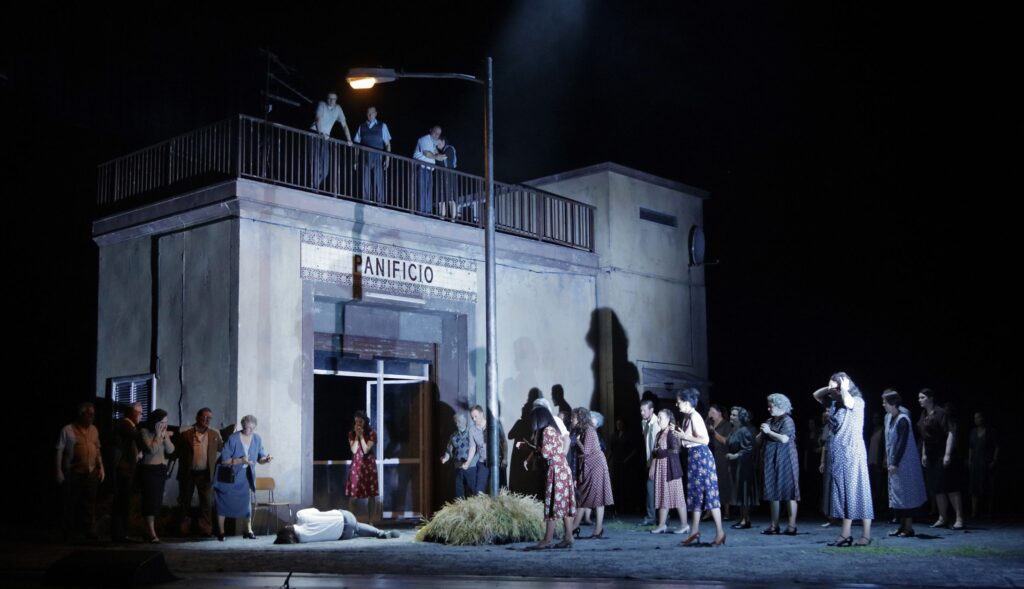
It’s often opera’s lack of realism that most delights audiences, the feeling of leaving behind everyday routines and immersing oneself in another world. Where does the charm of veristic opera lie?
If unrealistic stories are considered the prime function of opera, verismo has little to offer. However, regardless of the story, any work can be extraordinary as long as it has enough skilfully composed music. To me, it’s the music that makes these two operas so impactful. It depicts the events in such a straightforward, emotional way. When a character’s emotions change, the music reflects that. The score explains the variations in agogics and dynamics in great detail.
Conducting these works is intense, as there’s something sudden taking places in almost every bar, and the tempo changes regularly too. The score has ample notations on the emotions the music should express. That means you must get the performers to live and breathe these continuous small variations demanded by the composer and the music. It’s extremely challenging and requires sharp concentration from everyone involved in the performance. You must give the illusion that even the tiniest changes are spontaneous and instinctive. In reality, they must be rehearsed very carefully.
Interview PETRA RÖNKÄ
Photos HEIKKI TUULI and ILKKA SAASTAMOINEN, Hannu Lintu’s portrait VEIKKO KÄHKÖNEN
Cavalleria rusticana & Pagliacci premiereres in the Finnish National Opera 20 August 2021.
Recommended for you
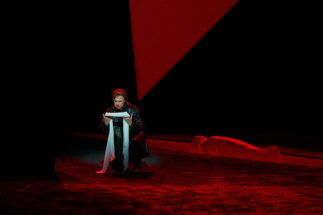
Simon Boccanegra: synopsis

”One of most important constructions in the history of the arts”
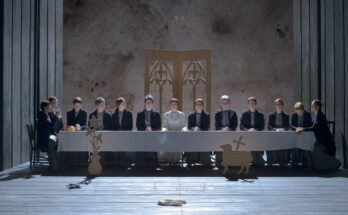
Melodies from the monastery – Dialogues des Carmélites and the resistance of the nuns

The Ring is a visual fairy-tale, in which anything is possible

The music has all you need
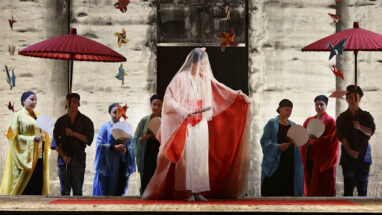
Madama Butterfly: a Japanese perspective
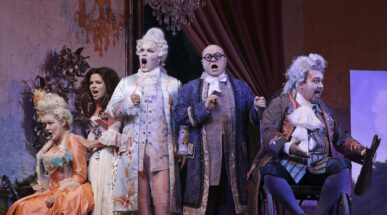
A beginner’s guide to opera

